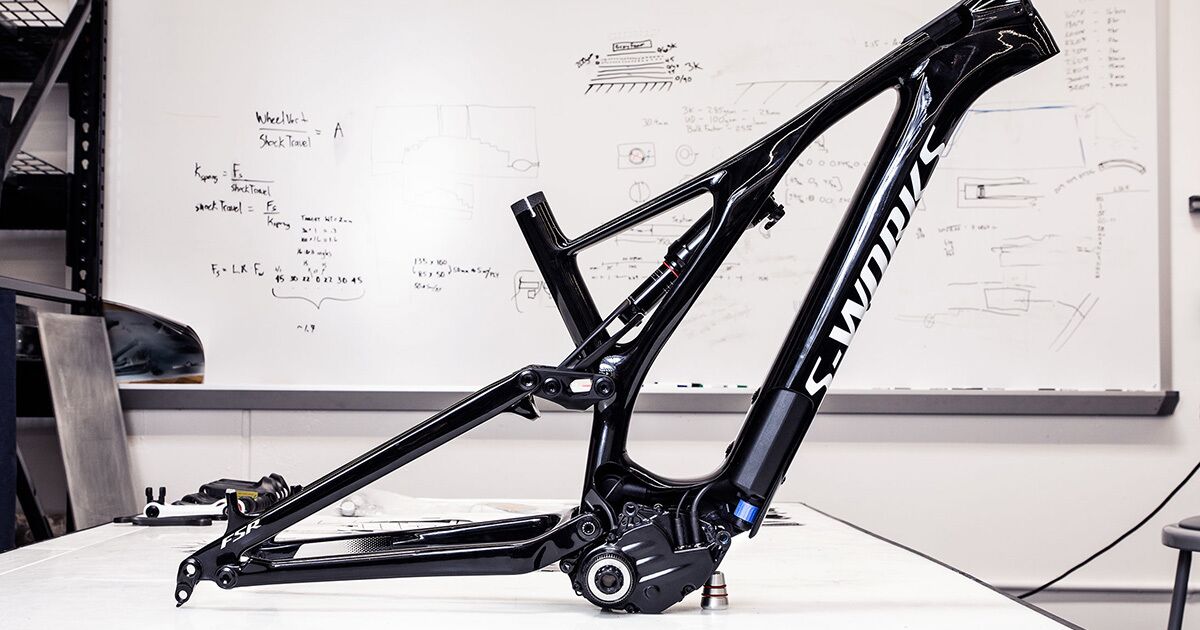Not sure about 100 miles, but I rode the same route this week (different days) on both a Creo SL Carbon Comp Evo and a Trek Allant 8S. Limitations in a direct compare since there are different assist levels, and other variables. The route: 15 miles up Big Cottonwood Canyon in Utah, 4500 ft elevation gain. I live at 9000ft altitude near the top of the canyon and did not use assist on trip down. My energy effort was about the same for each ride. For the Allant with the Bosch Gen 4 motor, I was in level 2 of 4 (Tour) throughout the ride except for about 3 miles of the route where I went to
Level 3 of 4 (sport) for some of the steeper sections. I used 67% of the 625 Watt battery. For the Creo, I was in level 2 of 3 for the route except for
level 3 for about 3 miles. I had the range extender battery and used 48% of the main 320 watt battery and 48% of the 160 watt range extender battery. I also completed the uphill ride 25 minutes faster with the Creo.
My impression is that a lighter bike with narrower tires despite the smaller battery could likely compete in range with the heavier bigger battery bikes. The range extender may be a great item to get and my dealer gave me a $200 discount of the RE battery ($250 vs $450) when I bought the bike. I really like the Creo think the Vado SL will be a terrific bike. With the 55lb Allant, it is hard to get up stairs (5 steps on my porch) and on a bike rack. Also the heavier bike is far less nimble.
